An 8th Virginia soldier like Captain George Slaughter might have seen the Revolution as just one chapter in a six-decade fight with the Indians for control of Kentucky and Ohio. The territories were the scenes of nearly constant bloodshed from the defeat of General Edward Braddock in 1755 to the defeat of Shawnee chief Tecumseh in 1813. After more than two decades of intermittent barbarity, Slaughter and his comrades suffered from no moral anguish when it came to killing Indians.
A decade later, he participated in Dunmore’s War. This was another campaign, led by the royal governor of Virginia, to “pacify” the Indians. After a lengthy and bloody battle at Point Pleasant on the Ohio River, the Virginians were victorious. Slaughter’s unit, however, reportedly arrived too late to participate in the fighting. "They had not the satisfaction of carrying off any of our men's scalps, save one or two of the stragglers," he wrote to his brother. "Many of their dead they scalped, rather than we should have them; but our troops scalped upwards of twenty of their men, that were killed first." His father-in-law was killed in the battle. After the campaign ended, Slaughter explored Kentucky for a while and planted corn—perhaps to lay claim to some land. A year later, in 1775, he may have helped recruit one of the first companies for the famous Culpeper Minutemen. The minute battalions were replaced in 1776 by additional full-time regular regiments, including the 8th Virginia. Slaughter recruited a company in Culpeper County. He remained with the regiment through Charleston and Brandywine and was then promoted to major of the 12th Virginia just before the Battle of Germantown. At Valley Forge, in December of 1777, he learned that his family had lost their house in a fire. That, and a smallpox epidemic (against which he, but not his family, had been inoculated), prompted him to request a furlough from General Washington. The furlough was turned down. He resigned his commission on December 23 and headed home to Culpeper. On February 1, he contritely wrote to Washington begging to be reinstated. “If my reenstation can take place with propriety,” he wrote, “it will afford me great satisfaction; if not, I hope I can Acquiesce without murmuring.” The request was denied. Virginia authorized four battalions of six-month volunteers in June 1778. These were state (not Continental) soldiers intended to reinforce Washington's army. Slaughter was chosen to lead one of the battalions. However, in August Congress advised the Commonwealth that the battalions would not be needed and the half-recruited units were disbanded. It is possible, however, that Slaughter's battalion was ultimately repurposed rather than dissolved. After George Rogers Clark’s important victories in the west, Maj. John Montgomery returned to Virginia with dispatches. He was promoted to lieutenant colonel and ordered to recruit additional forces to reinforce Clark. On January 1, 1779, Gov. Patrick Henry drafted orders for Clark based on decisions of the state legislature. “They have directed your battalion to be completed, 100 men to be stationed at the falls of the Ohio under Major Slaughter, and one only of the additional battalions to be completed. Major Slaughter’s men are raised, and will march in a few days, this letter being to go by him. The returns which have been made to me do not enable me to say whether men enough are raised to make up the additional battalion, but I suppose there must be nearly enough. This battalion will march as early in the spring as the weather will admit.”
Slaughter’s participation in Shelby’s campaign is circumstantially supported by the fact that he was once again recruiting in Virginia in the fall of 1779. Slaughter recruited 150 men who were sworn into the service in mid-December when they headed west. They made it as far as Redstone Fort in Pennsylvania before getting bogged down by snow. In the spring, they made it to Fort Pitt and boated downstream to the falls of the Ohio River. This site is now Louisville, Kentucky, a city of which Slaughter is considered a founder—he was one of the original trustees.
Safety was not his only problem. He also reported, “We are here without money, Clothing, or any thing else scarsely to subsist on. By the fault of the Commissaries, Hunters or I cannot tell who upwards of One hundred and Thirty Th[ousan]d weight of meat was intirely spoiled and lost.” Things improved for Slaughter and his neighbors from there. This can be seen in a letter his old 8th Virginia commander Colonel Abraham Bowman (who moved to Kentucky in 1779) sent home on October 10, 1784. Bowman wrote to a brother that "General Clark has laid off a town on the other side of the Ohio, opposite the falls, at the mouth of Silver creek, and is building a saw and grist mill there." This was Clarksville, in Clark County, Indiana. The same year, Slaughter was elected to the Virginia legislature. In 1792 Kentucky became its own state.
(Revised and updated, December 22, 2019 and June 15, 2022.) More from The 8th Virginia Regiment
15 Comments
Dave Brown
9/21/2019 01:44:09 am
Fantastic information on George with one exception. He was not the descendant of the Germanna folks who came to Virginia 1714-1717, His family came from Gloucester, England prior to 1620.
Reply
Gabe
9/21/2019 09:22:14 pm
Thanks for this. This essay needs this a couple of other updates.
Reply
Ken Herrington
7/6/2020 04:52:11 pm
According to John Frederick Dorman, also a Slaughter descendant that currently represents Maj George Slaughter in the Society of the Cincinnati, our Slaughter Family is not the same Slaughter family that arrived in Virginia prior to 1620. John F. Dorman is a noted Virginia historian and author of "Adventurers of Purse and Person," the most noted reference authority of Virginia Families and genealogy.
Reply
7/6/2020 05:34:42 pm
As I recall the source for this was a genealogy published it he Virginia Magazine of History and Biography. I would be happy to revisit if you can share sources or put me in touch with Mr. Dorman.
David Brown
7/8/2020 03:33:50 pm
John Dorman is my cousin, born one day before my father here in Louisville. If alive, John will be 91 this month. We share 6th Great Grandparents, Francis Slaughter and Anne Lightfoot as shown in 2 reliable sources (Some Prominent Virginia Families, Volume 4, copyright 1907; Genealogical and Historical Notes on Culpeper County, Virginia, copyright 1900). I would love to know the 1st name of John's 5th Great Grandmother (my 6th Great Aunt), who married Edward Thomas, as it is not shown. Sorry I ever mentioned the 1620 thing, which may be in dispute, the point was that George was not descended from the Germanna Colony of the early 1700's, but rather our Slaughter family which had been in Virginia since "sometime" in the 1600's.
Reply
Ken Herrington
7/8/2020 04:24:42 pm
Hi David,
Reply
Robert Mclachlan
10/4/2021 05:40:46 pm
Do you have a Nellie and Austin Slaughter in your tree? Born late 1800’s. Was told of relation to Boone Family. I have a very early picture of a Slaughter I believe if anyone can identify that would be great. Let me know and I’ll send a pic
David Brown
11/1/2021 07:54:34 pm
Robert McClachlan,
Reply
David Brown
11/1/2021 08:13:03 pm
Robert McClachlan, Samuel Austin Slaughter (1893-1972) was the Grandson of Austin H. Slaughter and Sarah J. Boone. Kindly send the picture, if you will. Thanks
ROBERT SLAUGHTER
6/18/2023 11:59:25 am
I find it interesting what you had written regarding your connection fo Francis Slaughter and his wife Anne Lightfoot. It happens that Francis is my 6th great grandfather and can be traced all the way back to when the Slaughter family first arrived in Jamestown, Virginia in 1617 on the George from Upper Slaughter, England. Would like very much to have a conversation with you. Robert
Reply
Gabe Neville
6/18/2023 02:41:04 pm
Robert--
William Pollard
9/16/2020 02:46:04 pm
I am a descendent of Private and then Sgt Joseph Roberts who served with his two brothers Captain Benjamin Roberts and Lt William Roberts to the Falls of the Ohio. All three were from Culpeper County. I would love to find out more about the Regiment commanded by Major Slaughter. My relatives served under him.
Reply
Gabe Neville
10/25/2020 12:27:11 am
There was a William Roberts in George Slaughter’s company when he was a captain in the 8th. Do you k is if it’s the same man?
Reply
Ken Carstens
12/23/2020 07:38:35 pm
Great article about Slaughter! Thank you!!!
Reply
Gregg Wagner
5/9/2022 08:28:12 pm
Do you have any information on a John Satterwhite or Captain Robert Tyler? Both are supposedly w Geo Roger Clark movement into Illinois and both settled in Shelby and Franklin Co KY
Reply
Leave a Reply. |
Gabriel Nevilleis researching the history of the Revolutionary War's 8th Virginia Regiment. Its ten companies formed near the frontier, from the Cumberland Gap to Pittsburgh. Categories
All
Archives
June 2024
© 2015-2022 Gabriel Neville
|
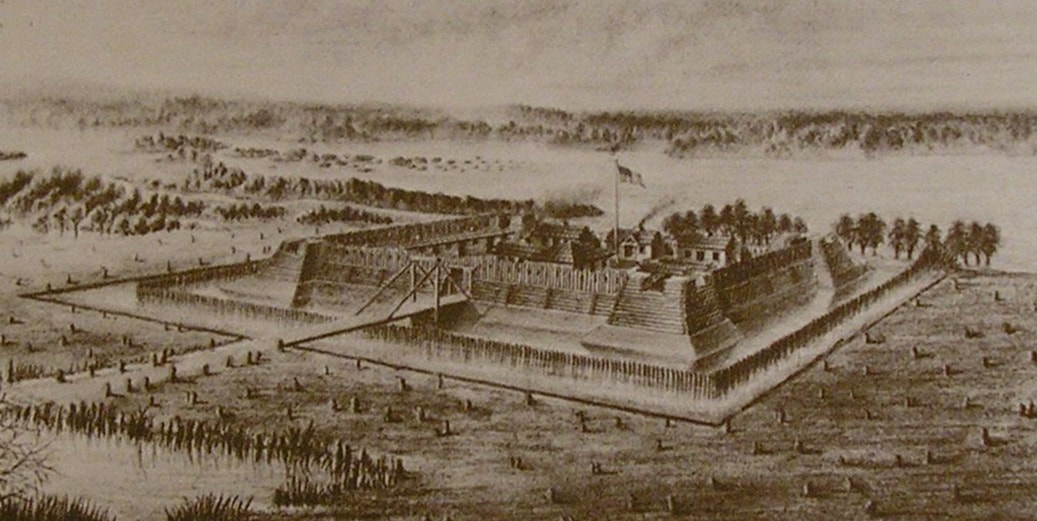
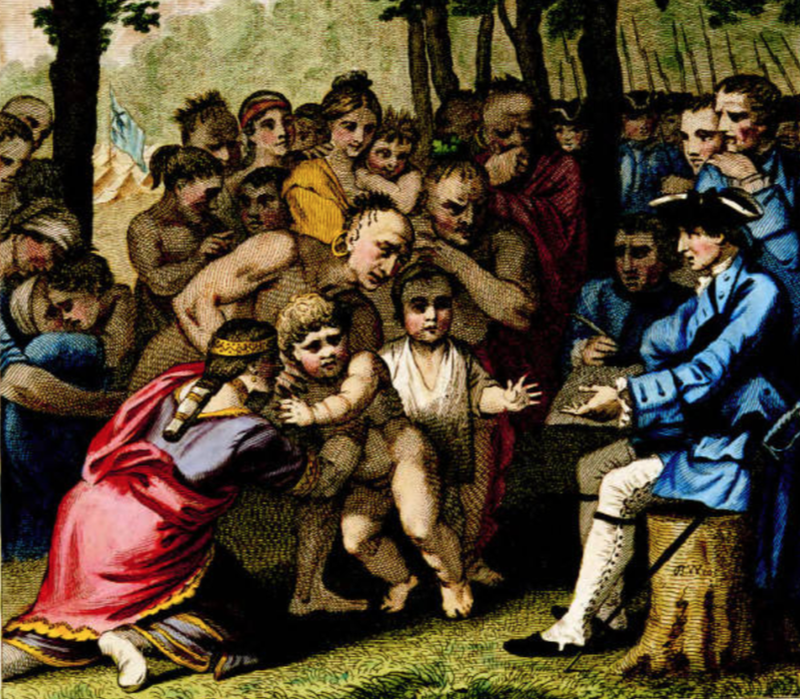

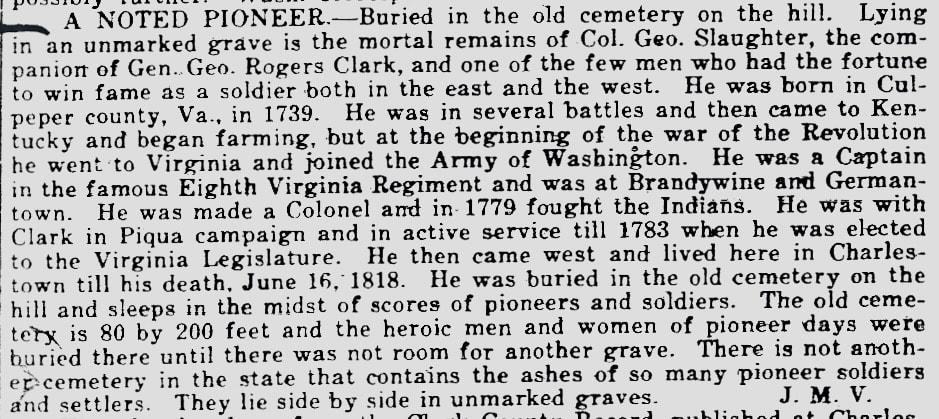
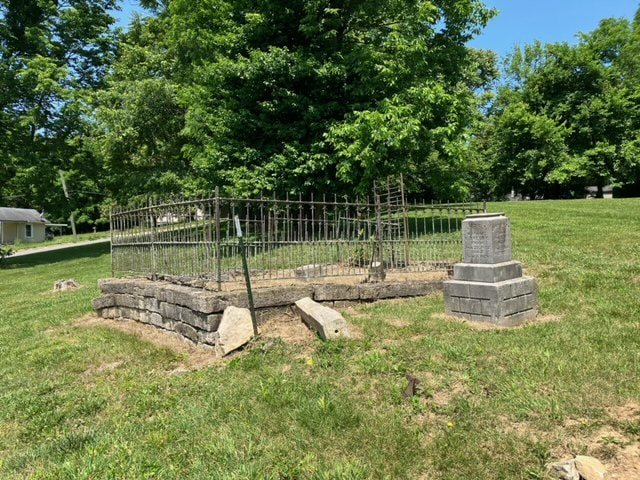
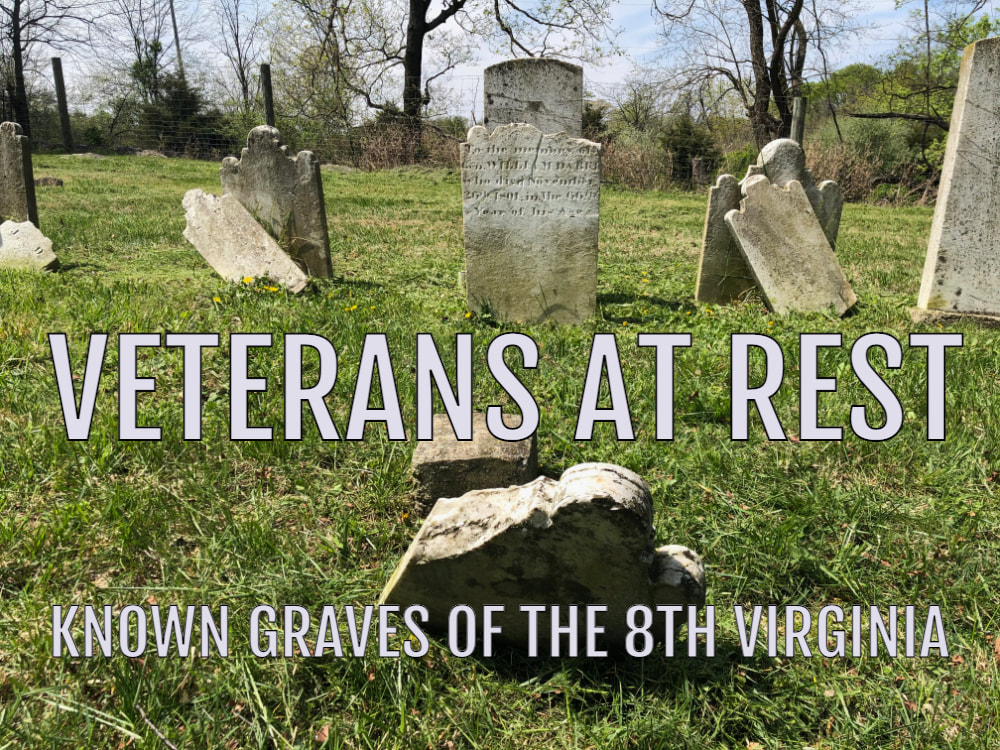
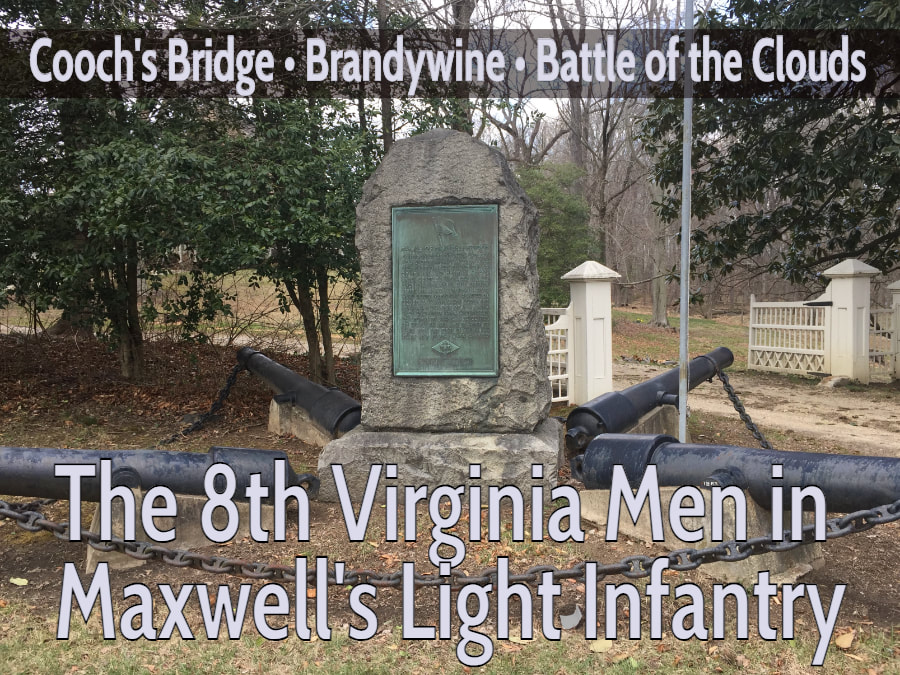
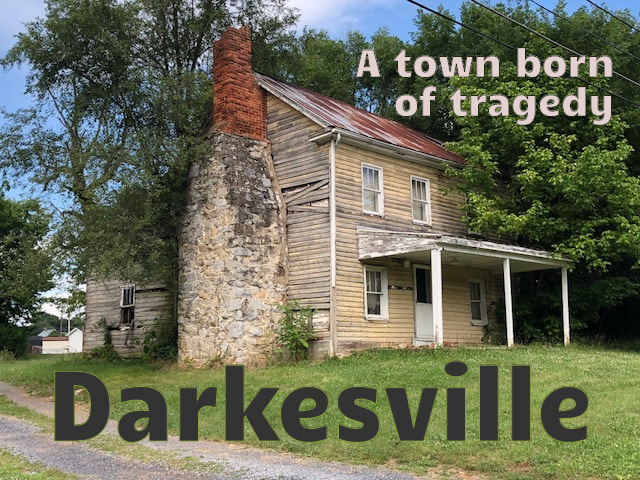
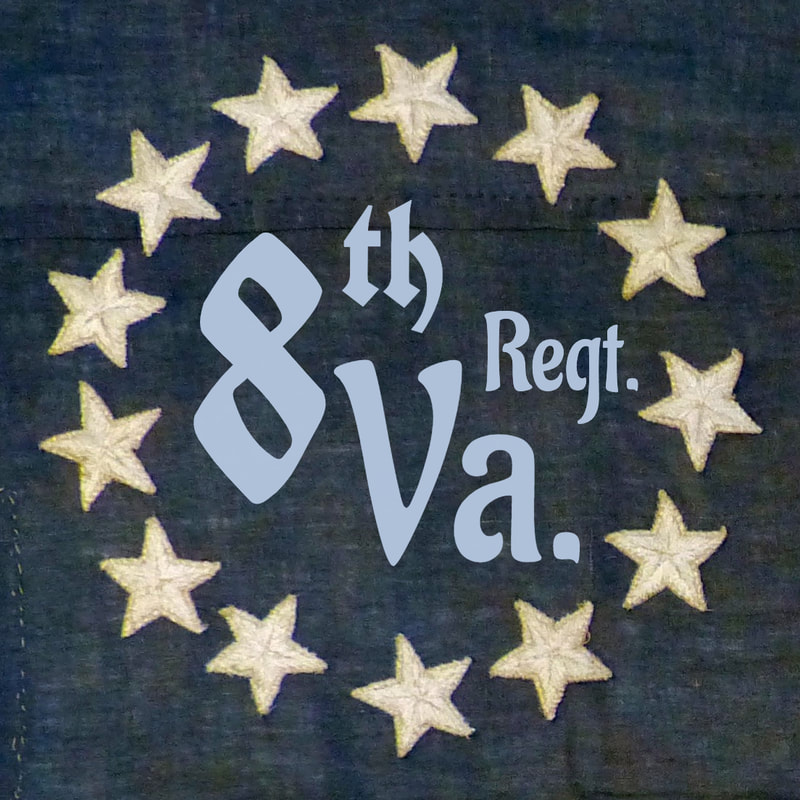
 RSS Feed
RSS Feed